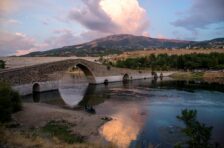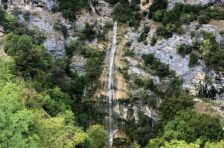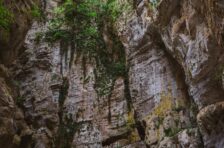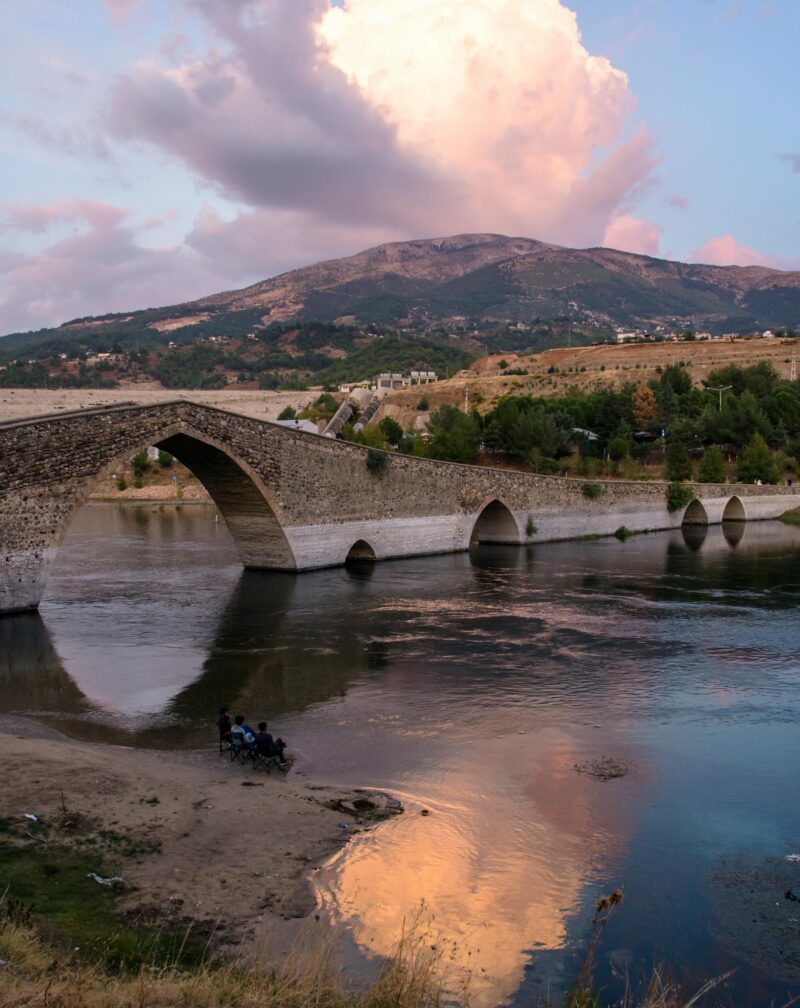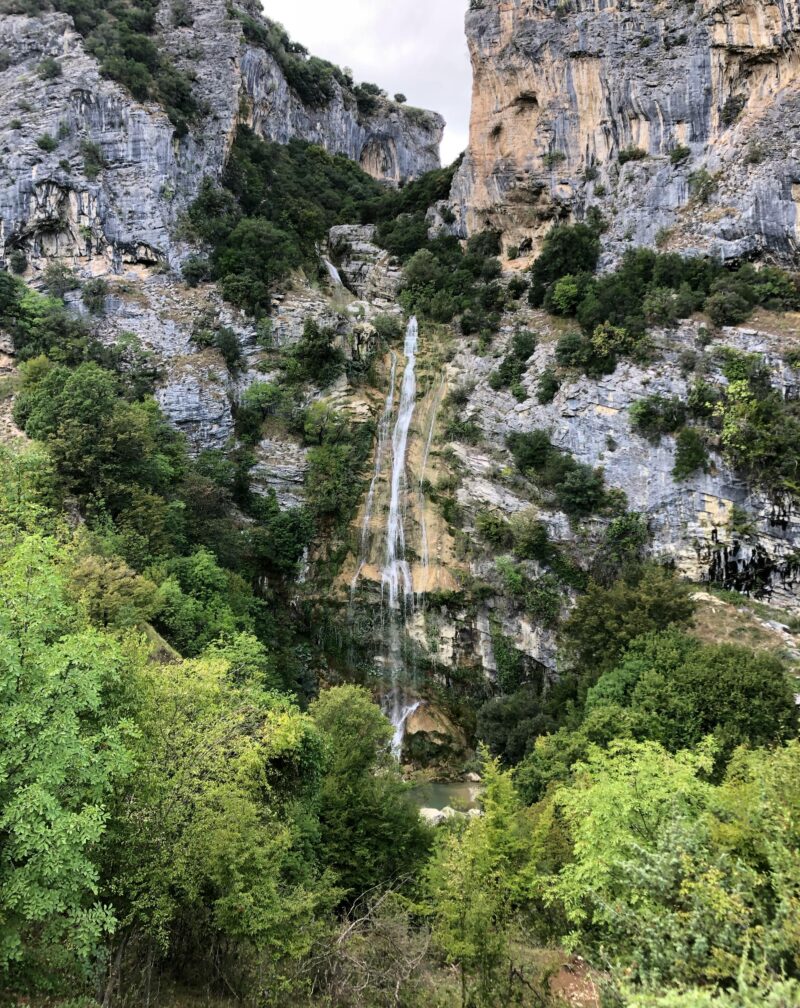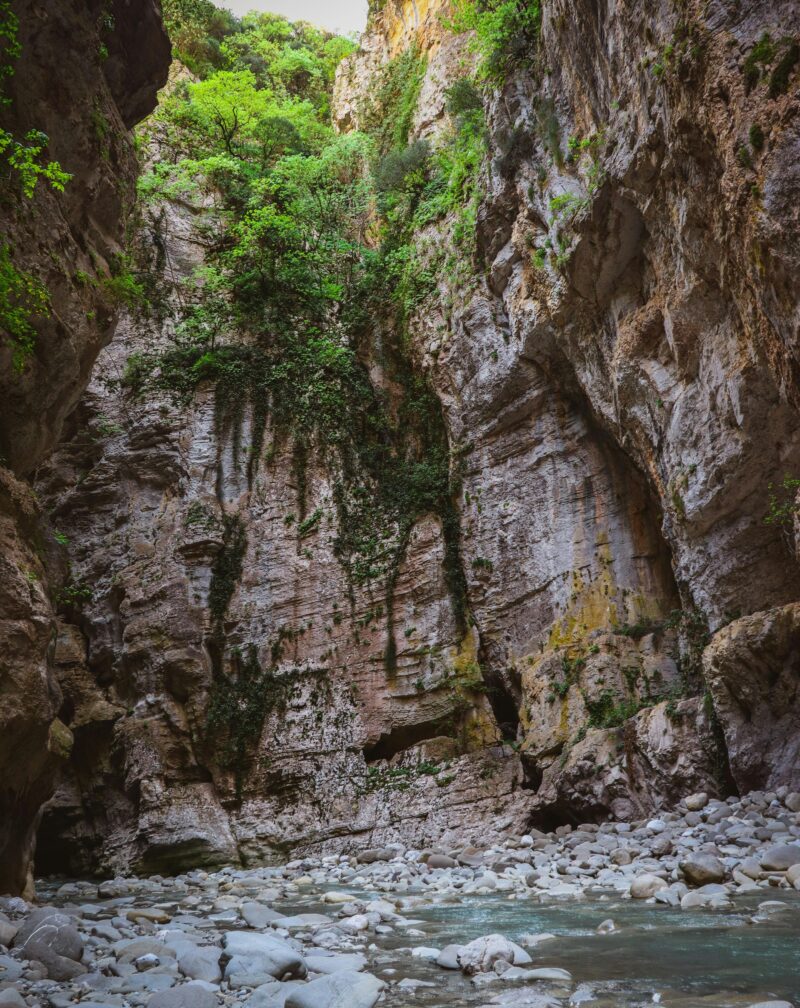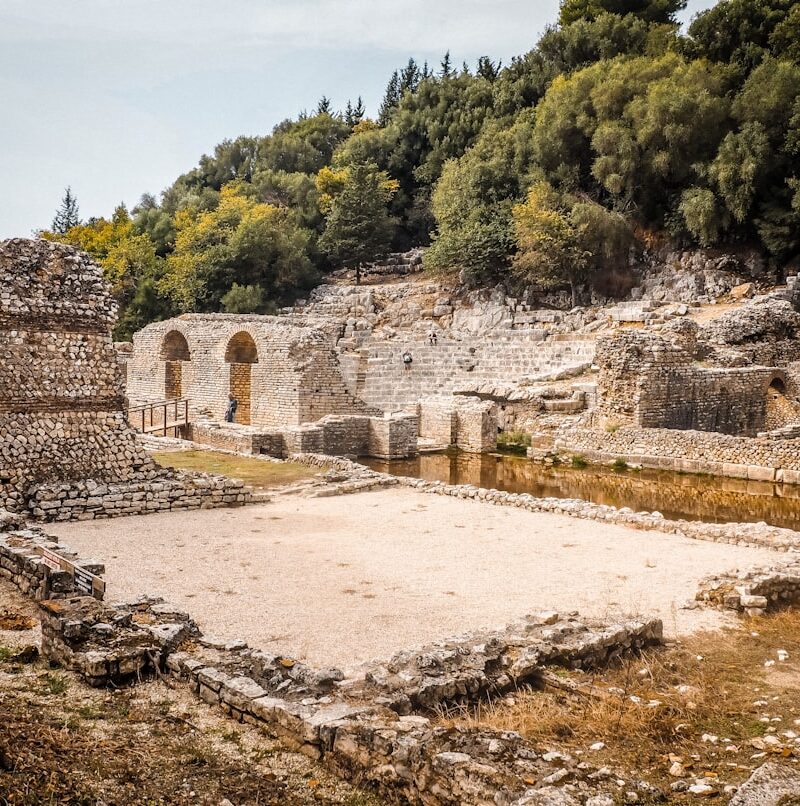Albania’s Ancient Port
Durrës is complicated city for tourists. It’s Albania’s second-largest city, principal port, major economic center, and beach resort—many roles creating identity that’s not always coherent.
The ancient history is significant—founded 627 BC as Epidamnos by Greek colonists, later becoming Roman Dyrrachium, major port connecting Rome to Byzantium via Egnatian Way.
Modern Durrës mixes industrial port, urban sprawl, beach tourism, and scattered archaeological treasures. It’s not conventionally pretty, but it has elements worth experiencing.
Roman Amphitheater
The centerpiece—one of the Balkans’ largest Roman amphitheaters, capacity 15,000-20,000 spectators. Built 2nd century AD during Emperor Trajan’s reign.
The amphitheater was buried under Ottoman and modern construction, rediscovered 1966 almost by accident. Only portion is excavated—much remains under buildings that can’t be removed.
What’s visible is impressive:
- Curved seating sections (cavea) partially preserved
- Underground galleries where gladiators prepared
- Arena floor areas
- Vomitoria (entrance/exit passages) showing Roman engineering
- Mosaics in various sections
Chapel of St. Asterius inside amphitheater complex is unexpected treasure—Early Byzantine chapel (6th century) built within pagan entertainment structure. The floor mosaics are beautiful—religious imagery, geometric patterns, remarkable preservation.
The juxtaposition—Christian chapel in gladiator arena—physically shows religious transformation of Roman world.
Entry around 300 lek. The site is open-air, no protection from sun or rain. Summer visits are hot—go early or late. English information is limited.
Allow 1-1.5 hours to explore properly.
Archaeological Museum
Albania’s largest archaeological museum, extensively covering prehistory through medieval period.
Collections include:
- Greek and Illyrian artifacts
- Roman sculptures, busts, funerary monuments (including famous Venus of Durrës miniature statues)
- Pottery and ceramics spanning centuries
- Coins from various periods showing trade connections
- Medieval objects
- Scale models showing ancient city’s development
The museum provides context for ruins scattered around city. Without visiting museum, the isolated archaeological fragments don’t cohere.
Entry around 300 lek. Allow 1.5-2 hours. English labeling exists but isn’t comprehensive—guidebook or guide helps.
Venetian Tower and City Walls
Medieval defensive system survives fragmentarily. The Venetian Tower near the waterfront is the most visible remnant—circular tower from the 15th-16th century when Venice controlled Durrës.
City walls once encircled ancient Dyrrachium. Sections survive embedded in later construction. Walking around, you’ll spot Roman and Byzantine walls incorporated into buildings, sitting incongruously next to modern shops.
The Byzantine Forum ruins near the amphitheater show ancient city center—columns, paved areas, building foundations.
These ruins are scattered, unprotected, sometimes neglected. They’re not spectacular set-pieces but rather fragments reminding you that a modern city sits atop an ancient one.
Fatih Mosque
Historic mosque (15th century, rebuilt multiple times) in city center. It’s architecturally modest but religiously and historically significant as one of Durrës’s oldest surviving Islamic structures.
The mosque was closed during communism and reopened 1990s. It’s active place of worship.
Visitors welcome outside prayer times. Follow mosque etiquette—remove shoes, modest dress, no photography during prayers.
Royal Villa
Summer residence of King Zog I (Albania’s king 1928-1939), perched on coastal cliff. The Italian-style villa has been restored and opened as museum showing royal life.
Rooms are furnished period-appropriately. Gardens provide sea views. It’s modest as royal palaces go, reflecting Albania’s poverty even during monarchy.
The villa interests’ people curious about Albania’s brief monarchic period and Zog’s unusual life (Muslim king of mostly Muslim country who fled Italian invasion and never returned).
Entry around 200 lek.
Beach and Waterfront
Durrës has long sandy beach, Albania’s closest major beach to Tirana (40 minutes). This makes it popular with capital residents for quick beach trips.
The beach is an urban beach—backed by hotels, restaurants, umbrellas and sunbeds packed tightly in summer. Water is swimmable but not pristine—it’s Adriatic close to major port.
If you’re seeking beautiful beach experience, Albanian Riviera offers far better options. If you need convenient beach access from Tirana without traveling hours south, Durrës functions fine.
Summer weekends bring crowds—locals, diaspora, some international tourists. It’s social, active, sometimes loud. Beach clubs play music. Restaurants serve grilled fish and cold beer. It’s Mediterranean beach resort atmosphere minus natural beauty.
The waterfront promenade is pleasant for evening walks. Families stroll, cafes fill, the sea provides breeze. It’s where Durrës comes to relax and socialize.
Day Trips and Combinations
Durrës works well combined with other destinations:
Krujë (40 minutes away) – castle, bazaar, Skanderbeg Museum. Combining these creates a good day trip from Tirana hitting historical sites and beaches.
Cape of Rodon (30 minutes north) – Skanderbeg’s coastal castle, beautiful cape, quieter beaches.
Durres to Tirana – only 40 minutes, making Durrës very accessible for half-day or full-day trips.
Practical Information
Getting There:
- From Tirana: Buses every 30 minutes, 40-minute journey, 150-200 lek
- Train exists (Tirana-Durrës) but buses are more convenient
- From south: Buses from Vlora, Saranda, Berat stop in Durrës
Getting Around: City is walkable for archaeological sites in center. Beach areas are a bit spread out—taxis are cheap. Major sites cluster near the center.
How Long: Half day covers amphitheater and museum. A full day adds beach time and scattered ruins. Overnighting isn’t necessary unless you’re using Durrës as base or want extended beach time.
When to Visit: Year-round accessible. Summer is beach season but hot for archaeological site touring. Spring/autumn ideal for ruins, though beach less appealing.
The Durrës Dilemma
Durrës struggles with identity. Its economically important port handles huge cargo volume, connects Albania to Italy via ferries, employs thousands.
But tourism-wise, it’s caught between being a port city (functional, industrial) and a beach resort (recreational, pretty). These roles conflict.
The beach isn’t beautiful enough to compete with the Riviera. The ruins are significant but scattered and sometimes neglected. The city has urban problems—traffic, development pressure, aesthetics.
Yet Durrës matters. The amphitheater alone justifies visits for Roman history enthusiasts. The museum is excellent. The location—close to Tirana, on the coast, with ferry connections—makes it a practical hub.
Most travelers treat Durrës as stopover or day trip rather than destination. This seems appropriate. Spending half day at amphitheater and museum, eating seafood lunch, maybe swimming, then continuing elsewhere makes sense.
The city deserves better care of its archaeological heritage. The amphitheater partially buried under buildings that can’t be removed is tragedy. The scattered wall fragments deserve protection and interpretation.
But Albania has limited resources and competing priorities. Durrës functions economically, which may matter more to most Albanians than optimizing for tourism.
For visitors: see the amphitheater and chapel—they’re remarkable. Visit the museum if you’re interested in ancient Mediterranean history. Enjoy seafood by the sea. But don’t expect Durrës to be something it’s not. It’s a working port city with significant ruins, not a polished tourist destination.




